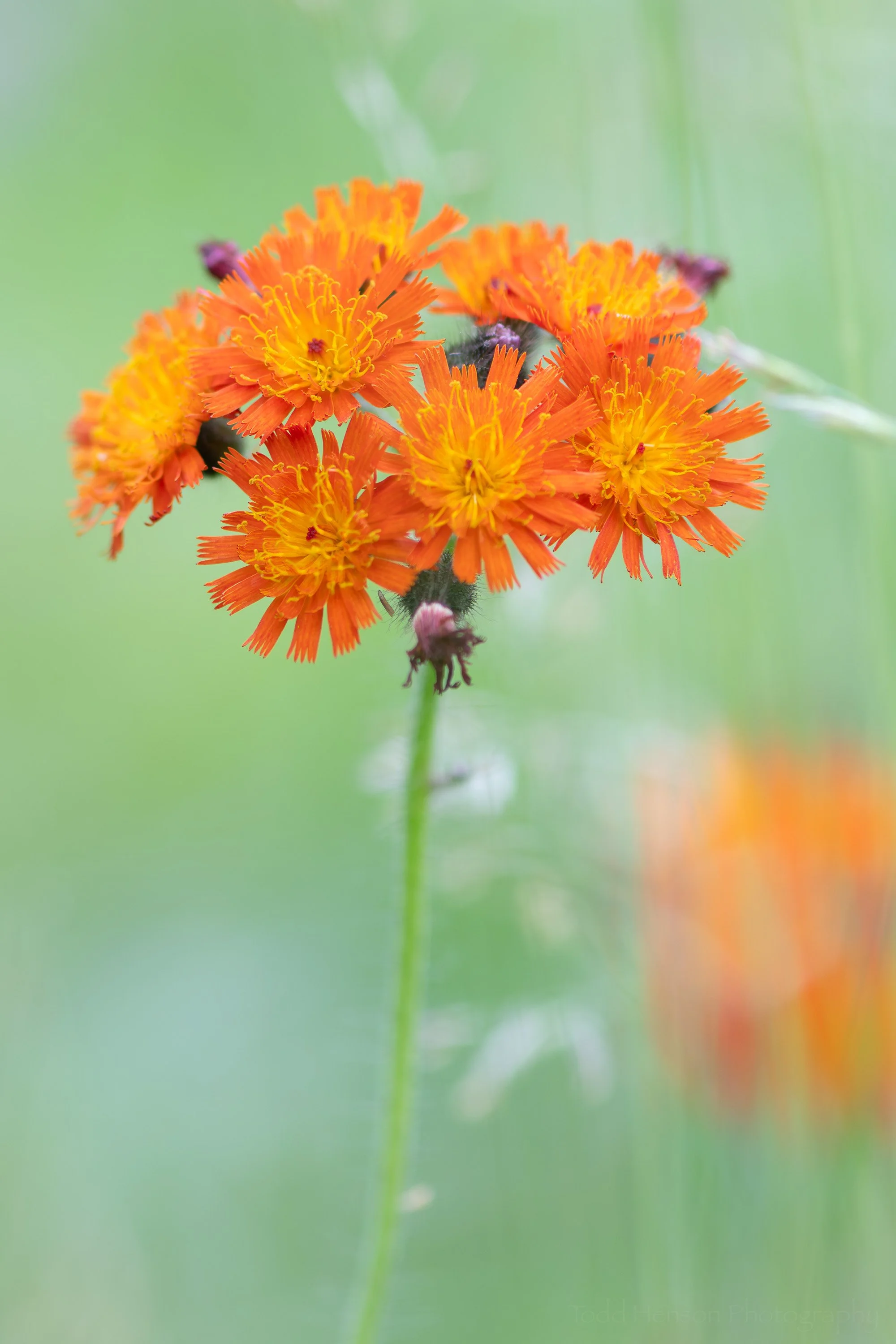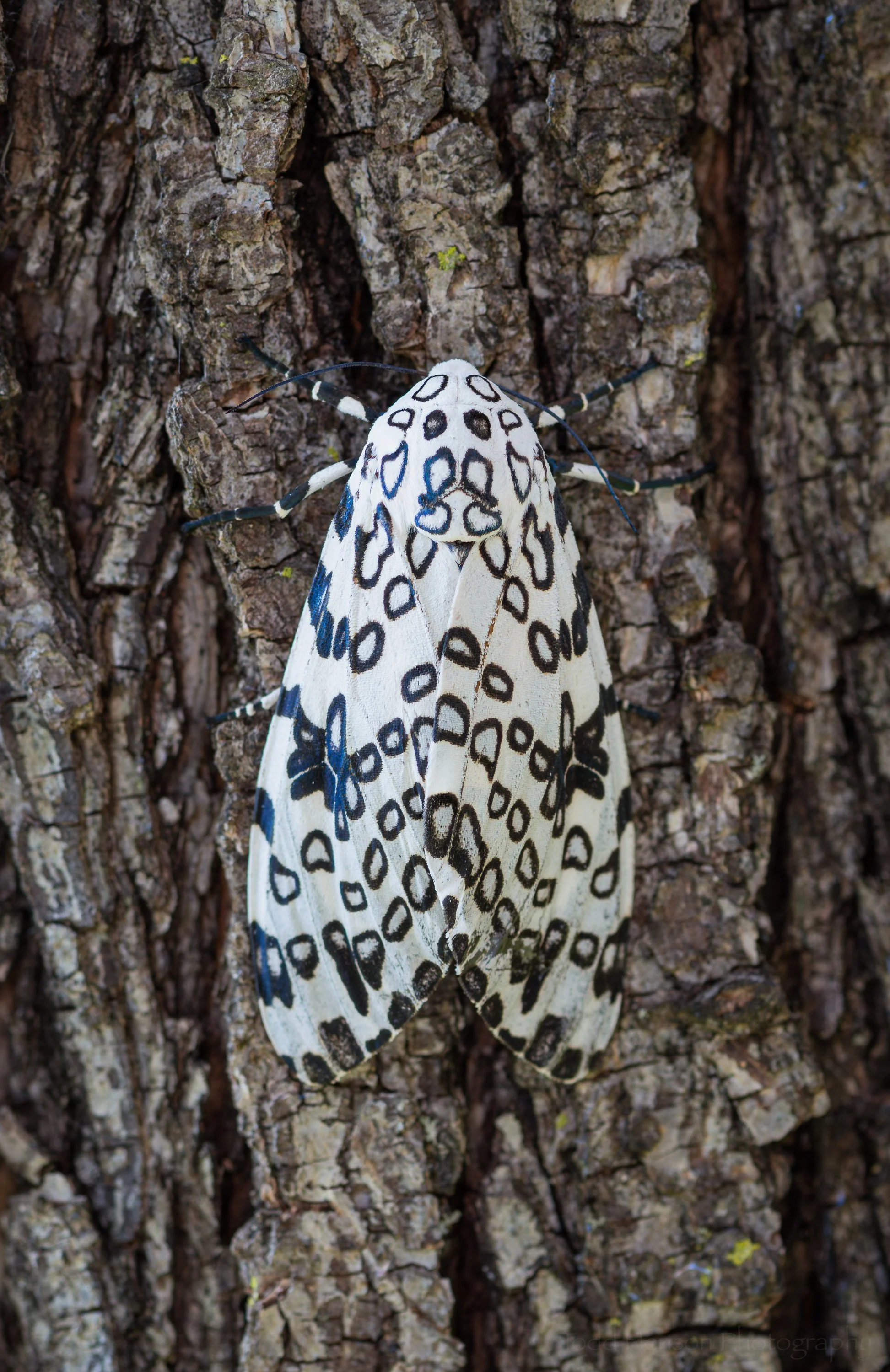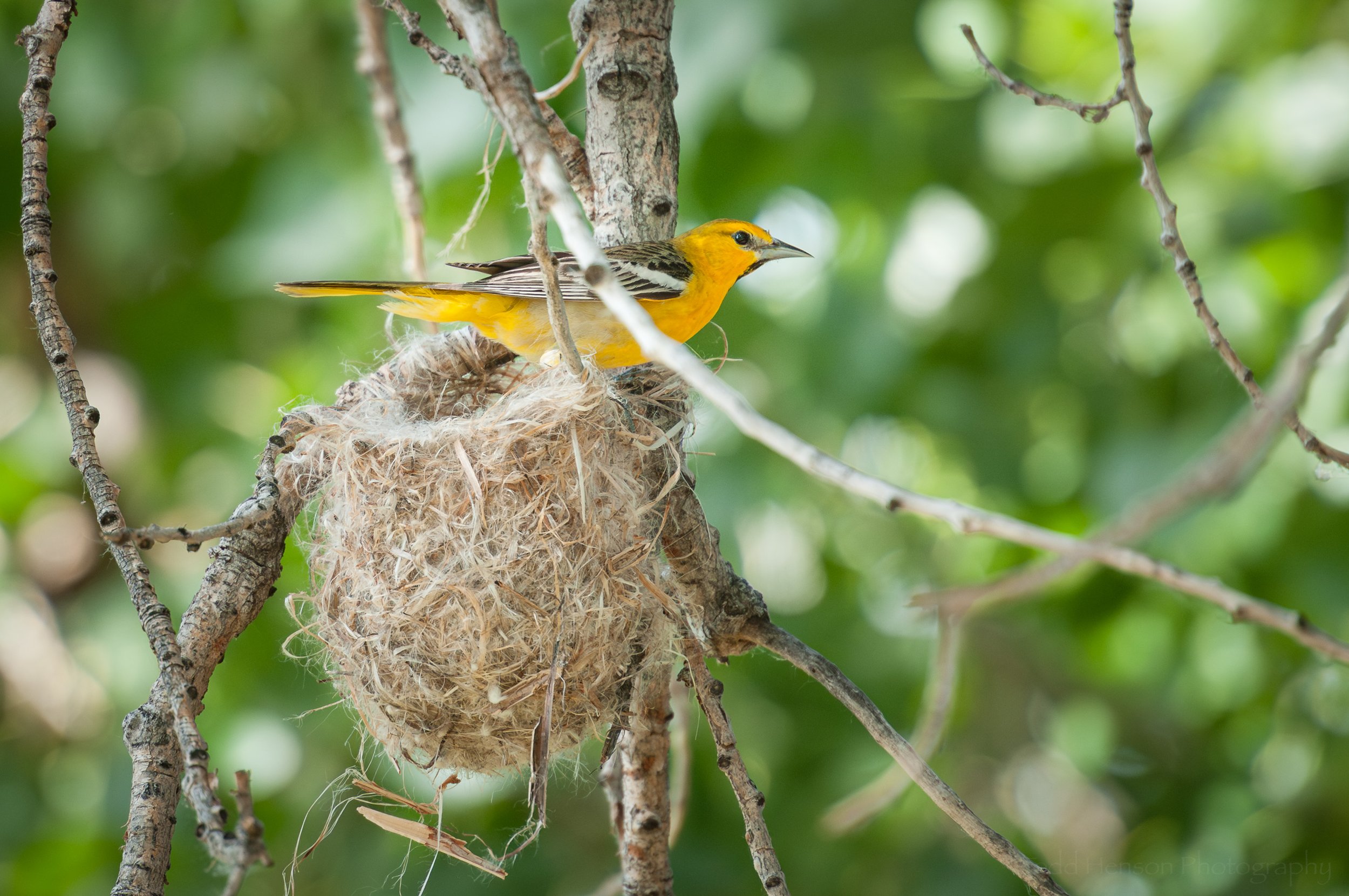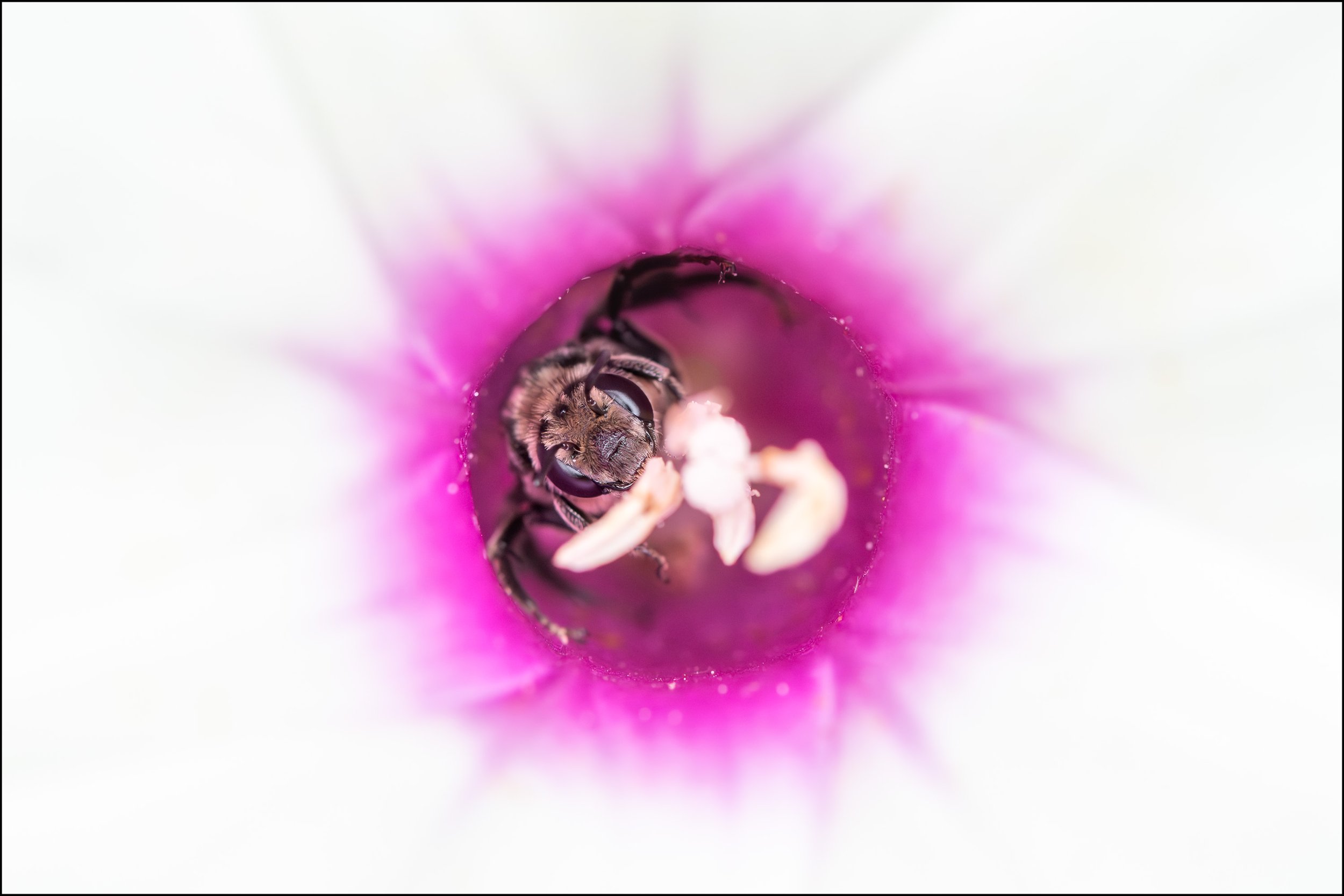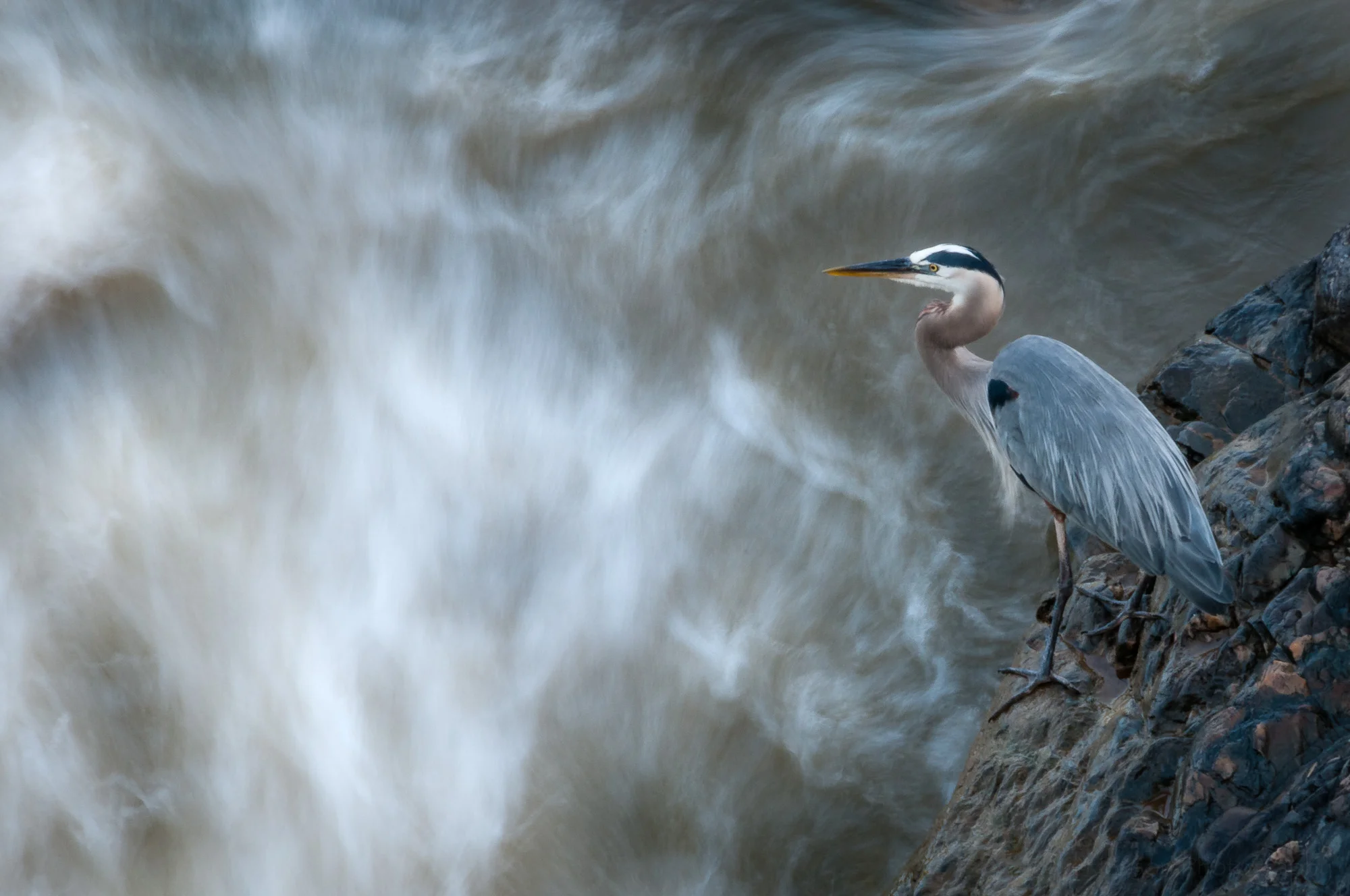A juvenile yellow-crowned night heron
Some species of heron seem very common in the greater DC area, such as great blue and green herons. But night-herons rank among the species I rarely see. They tend to be a bit more secretive, perhaps more often out hunting at dusk and night, though as these photos show, they can also be seen by day.
Juvenile Yellow-crowned Night-heron
What we have here is a juvenile yellow-crowned night-heron. There are two species of night-heron in the area, black-browned and yellow-crowned, and if these were adults you’d more easily see why each is named as they are, though the yellow crown on an adult may be difficult to see. Adults are very distinctive and easy to identify. But the juveniles can look very similar. This one is more grey and has various markings on the feathers that help identify it as yellow-crowned.
In late July of 2008 we found several of these juvenile yellow-crowned night-herons walking the pathways around the pools at Kenilworth Aquatic Gardens, in Washington DC, where they grow lotus and water lilies and where large crowds gather to see the blooms each summer. Night-herons may be more secretive, in general, but given these were juveniles and that they seem to have hatched in an area where many people gather, they were very bold and unafraid, seemingly ignoring the people and focusing on the water and any prey they could find.
Juvenile yellow-crowned night heron moving towards the water
Technical Note
A quick technical note to admit to my mistakes and to demonstrate that even when we make mistakes it’s often possible to salvage something of value from them (beyond the obvious learning opportunity). On a previous photo session I’d been photographing in a very dark area and had my camera’s ISO set very high (1000 was high at the time). I’d forgotten to set it back to normal when finished, and I’d forgotten to double check my settings before setting out this morning. So for much of the morning I kept wondering why I was able to achieve such high shutter speeds (1/8000 second). Well, it’s because my ISO was set way too high for a bright sunny day.
Lessons Learned
So, what lessons did I learn from this experience and from the mistakes I made?
Reset my camera settings to my typical values after each photo session. That way I have a known place to start from next time I pick up the camera.
Always double check my settings before my next photo session, just in case I’ve forgotten to reset them. This is when I can also change the settings to suit whatever environment I’m going into if I know to expect a certain level of light.
If something seems off in the field, such as unusually high shutter speeds, then stop and double check all my settings. I could have found my error and corrected it much sooner.
It’s often possible to salvage worthwhile material even after making what seems a stupid mistake. Granted, these photos will never be as technically good as they could have been. I have lost some data to noise. But thankfully it was a bright sunny day with few dark areas so the noise was surprisingly minimal and I was able to pass the photos through Lightroom’s noise reduction process to lessen the digital noise introduced by the high ISO. The photos work perfectly well for a blog post showing off a species.
Portrait view of a juvenile yellow-crowned night heron
Do you enjoy these posts?
Sign up to receive periodic emails with updates and thoughts. Don’t worry, I won’t spam you. And please consider purchasing artwork or products from my online store, and using my affiliate links in the sidebar to the right when shopping online.
I appreciate your support!


